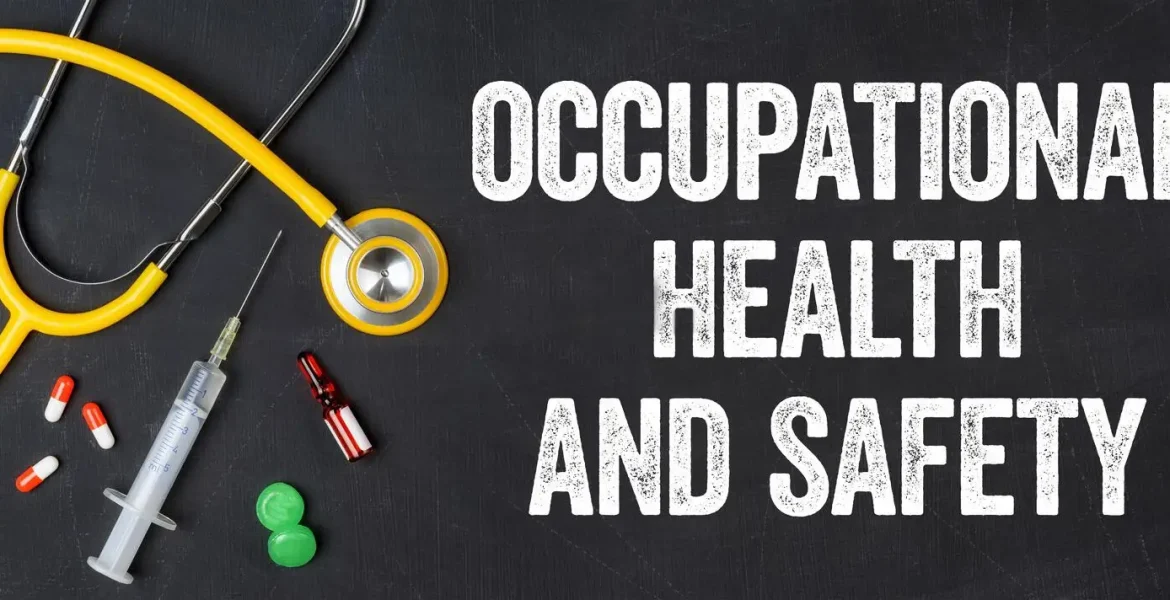Employers in every industry must prioritise creating a safe and healthy work environment, not only to comply with legal requirements but also to ensure a resilient workforce. A resilient workforce can effectively deal with and even thrive in the face of extreme challenges, whether internal or external to the company.
The field of Occupational Health and Safety (OHS) is vital here for detecting and eliminating workplace dangers and complying with international workplace standards. However, OHS is more than just meeting legal requirements and creating a safety-conscious workforce. A business can also benefit from having an OHS standard, that falls under a UKAS-registered ISO 45001 certification.
In this article, we’ll discuss the value of obtaining ISO 45001 certification to ensure OHS and how it can aid businesses in fostering a resilient workforce that can compete in today’s fast-paced market.
Understanding Occupational Health And Safety: Key Components
The term “Occupational Health and Safety” (OHS) refers to an umbrella term that includes programmes, regulations, and practices that improve workers’ physical, psychological, and social well-being. By involving staff, identifying and controlling potential hazards, preventing work-related injuries and illnesses, and ensuring compliance with relevant regulations and standards.
There are a few key components for an effective OHS program, as follows:
- Hazard identification and risk assessment: Identifying potential workplace hazards and assessing their associated risks to develop appropriate control measures.
- Policies and procedures: Establishing clear OHS policies and procedures that outline roles, responsibilities, and protocols for maintaining a safe and healthy work environment.
- Training and education: Providing comprehensive OHS training to employees, ensuring they have the knowledge and skills to work safely and mitigate risks.
- Incident reporting and investigation: Establishing a system for reporting and investigating workplace incidents, allowing for prompt corrective actions and learning from past events.
- Ongoing monitoring and evaluation: Regularly assessing OHS performance, monitoring compliance, and implementing continuous improvement measures.
- Employment Involvement & Commitment: Ensures that the company will have a strong health & safety company culture.

Benefits Of Occupational Health And Safety
A strong emphasis on OHS leads to a safer, healthier, and more productive work environment.
- It reduces the likelihood of work-related injuries and illnesses, improves employee morale and satisfaction, enhances productivity, and minimises absenteeism and turnover.
- Prioritising OHS demonstrates a commitment to the well-being of employees, fostering a positive work culture, and complying with legal and regulatory requirements.
How To Harness the Power of Occupational Health And Safety To Build A Resilient Workforce?
Occupational Health and Safety plays a crucial role in creating a safe and healthy work environment. Here are five key strategies to harness the power of OHS:
-
Risk assessment and hazard identification
Conduct thorough risk assessments to identify potential workplace hazards. Assess the severity and likelihood of these hazards and implement appropriate control measures to mitigate risks. Regularly review and update risk assessments as new hazards emerge.
-
Proper training and education
Provide comprehensive OHS training and education to employees at all levels. Equip them with the knowledge and skills to identify hazards, follow safe work practices, and use personal protective equipment. Ongoing training ensures employees stay informed about new risks and preventive measures.
-
Communication and engagement with employees
Promote open lines of communication regarding OHS. Encourage employees to report hazards, incidents, and near misses. Engage employees in safety committees or forums, seeking their input on improving OHS practices. Regularly communicate updates on safety measures and encourage a culture of shared responsibility.
-
Building a safety culture and fostering employee well-being
Establish a strong safety culture that emphasizes the importance of OHS throughout the organisation. Encourage employees to prioritise their well-being and promote work-life balance. Foster a supportive environment where employees feel comfortable reporting concerns or seeking assistance when needed.
-
Implementing workplace policies and procedures for OHS
Develop and implement clear OHS policies and procedures tailored to the specific workplace. Establish guidelines for hazard reporting, incident investigation, emergency response, and the use of safety equipment. Regularly review and update policies to align with changing regulations and best practices.
Occupational health and safety are appropriately at the forefront of people’s minds, not least because of the increased need for PPE in daily life. There is a legal and moral obligation for businesses to manage health and safety hazards for both employees and customers. Therefore, companies are required to obtain ISO 45001 certification – the international standard for OHS.
ISO Management Consultants can help you get ISO 45001 certification with our 4-step certification method: Plan-Do-Check-Act. As a group of trained experts, we can offer you unparalleled guidance and support in all things related to ISO quality standards.
To find out more about our ISO consulting services, contact us today.

